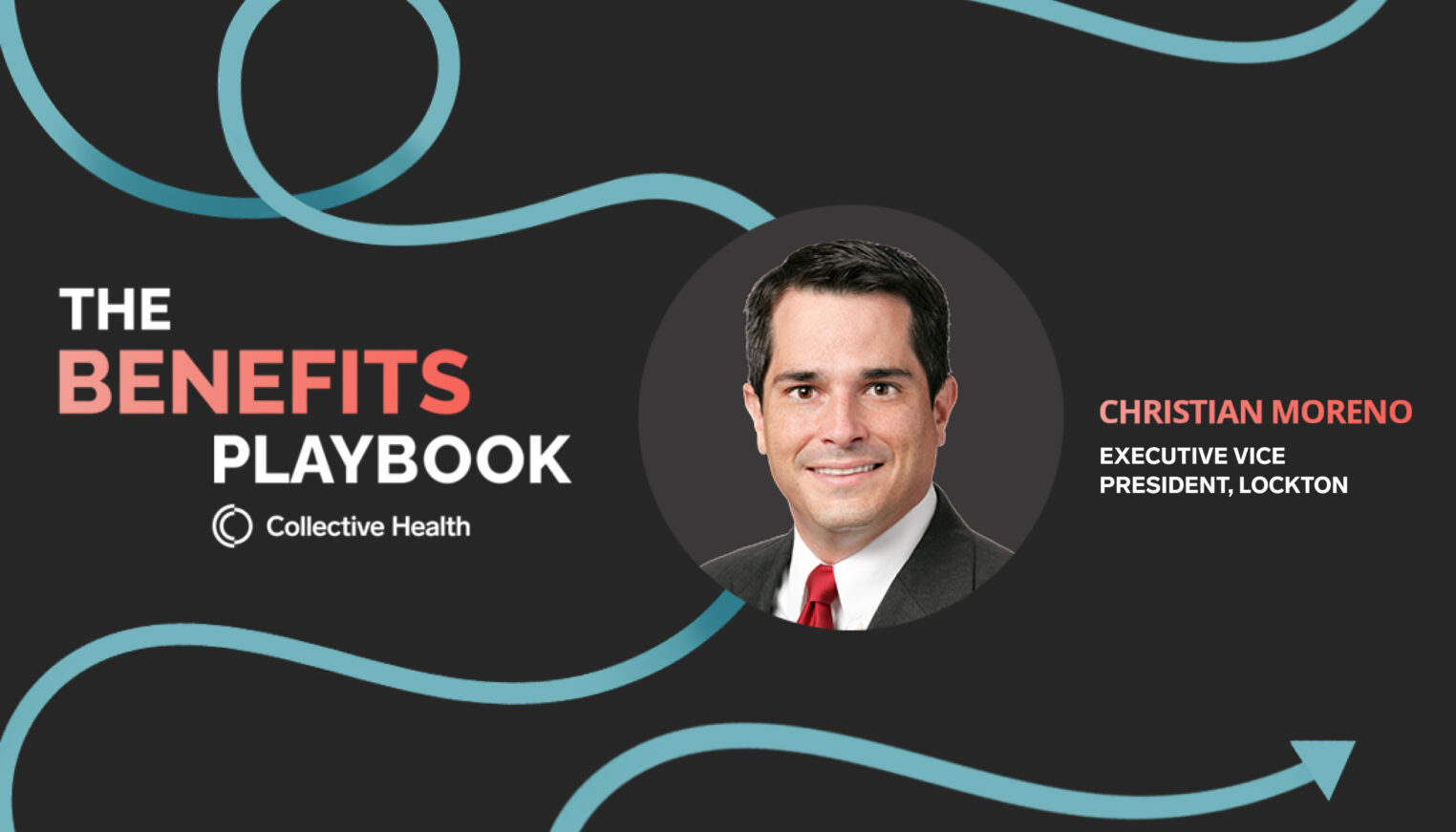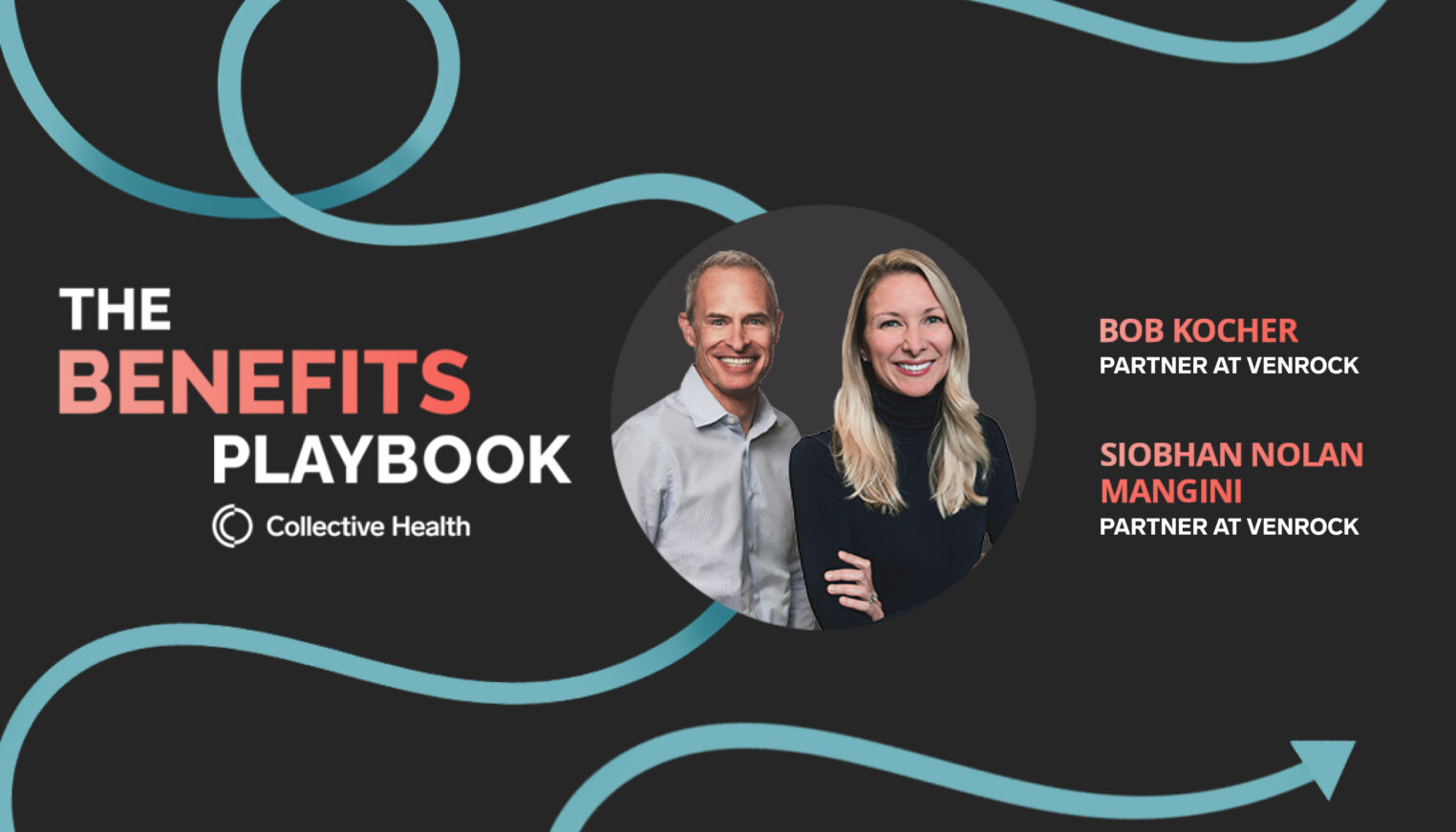When it comes to your health benefits strategy, your data is everything. Yet, data for data’s sake is like a map with no legend.
As a benefits leader, one of the biggest issues you’re facing is the lack of insight around health claims data. Even with a self-funded plan, claims data remains a black box. Considering health benefits is one of the largest spends a company makes, trying to manage benefits without real data intelligence is this is far from ideal.
The companies we work with are often asking questions about their data like:
- Why don’t I find out about large claims until well after they happen?
- I have plenty of excel sheets and powerpoint reports, but how do I actually discover the patterns developing in my population?
- Why does my team have to spend so much time just trying to integrate different reports versus making sense of them?
If you’re like most companies, you’re getting quarterly reports from your carrier or consultant, but if you’re a smaller organization you’re likely receiving annual reports. Regardless of the frequency, these reports amount to a mountain of raw data leaving you stuck with a bunch of numbers and zero insight.
So, what can you do? Here are some ideas to get insights from your data.
Declutter and decode the data.
Partner with your carriers and brokers for more insight and information. Start conversations with them now and tell them what you’d like to see with your 2016 data:
- Set the timeline. Make sure you’re getting monthly and quarterly utilization reports, not just annual overviews.
- Decode the trends. Ask for reports that cover condition types, the types of services being used, rates of preventative care and reports that show what’s happening clinically with your people.
- Set up alerts. Make sure to get alerts for high cost claims, patterns in your claims data and utilization of provided benefits.
Now that you have a place to start with your numbers, what can you do?
If you don’t have Collective Health, consider who you can pull in to help make sense of your data; this is a great opportunity to lean on consultants and brokers to help guide you through this process.
Take (back) control and make your plan.
Once you know what to look for and have analyzed your data, start making plans to impact your bottom line. As you know, obtaining actionable data is necessary for an advanced health plan strategy. Here are a few easy steps you can take:
- Plan ahead. Are you noticing claims that are signaling a maternity bubble with your people? Set up communications around leave, compensation and benefits. Getting ahead of this helps with moral and also gives you the opportunity to make plan adjustments as needed.
- Make a change. Are you seeing a surge in specialist visits and lab work that might signal higher cost claims down the line? Adjust your plan to get ahead of those claims and offer more to your people.
- Educate your people. Are you seeing an uptick in ER visits over the last month or quarter? Send a simple communication to your people educating them on the very real and high costs that result in a “simple” ER visit. Let them know where the nearest urgent care facilities are or, if you have telemedicine as a benefit, take it as an opportunity to remind them of its availability.
Just because claims data is overwhelming at the start, doesn’t mean it needs to stay that way. Asking for a little help with those numbers can go a long way. If you show true savings through a simple change such as generic drugs over brand with your people, then you might just open doors to programs—wellness? telemedicine?—your people have been asking for.



